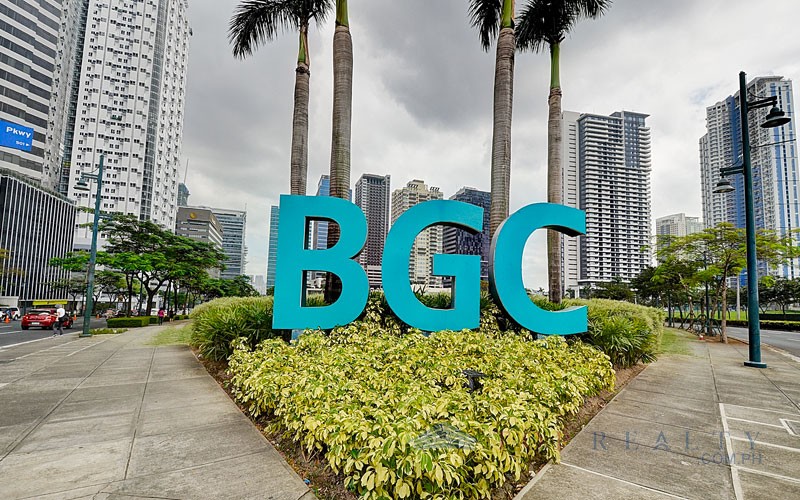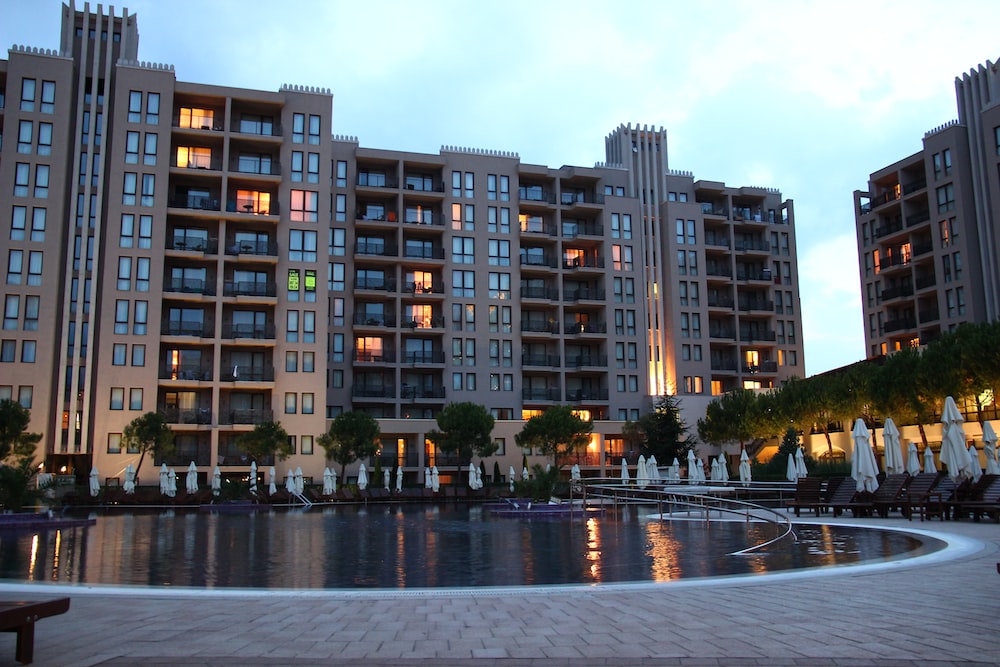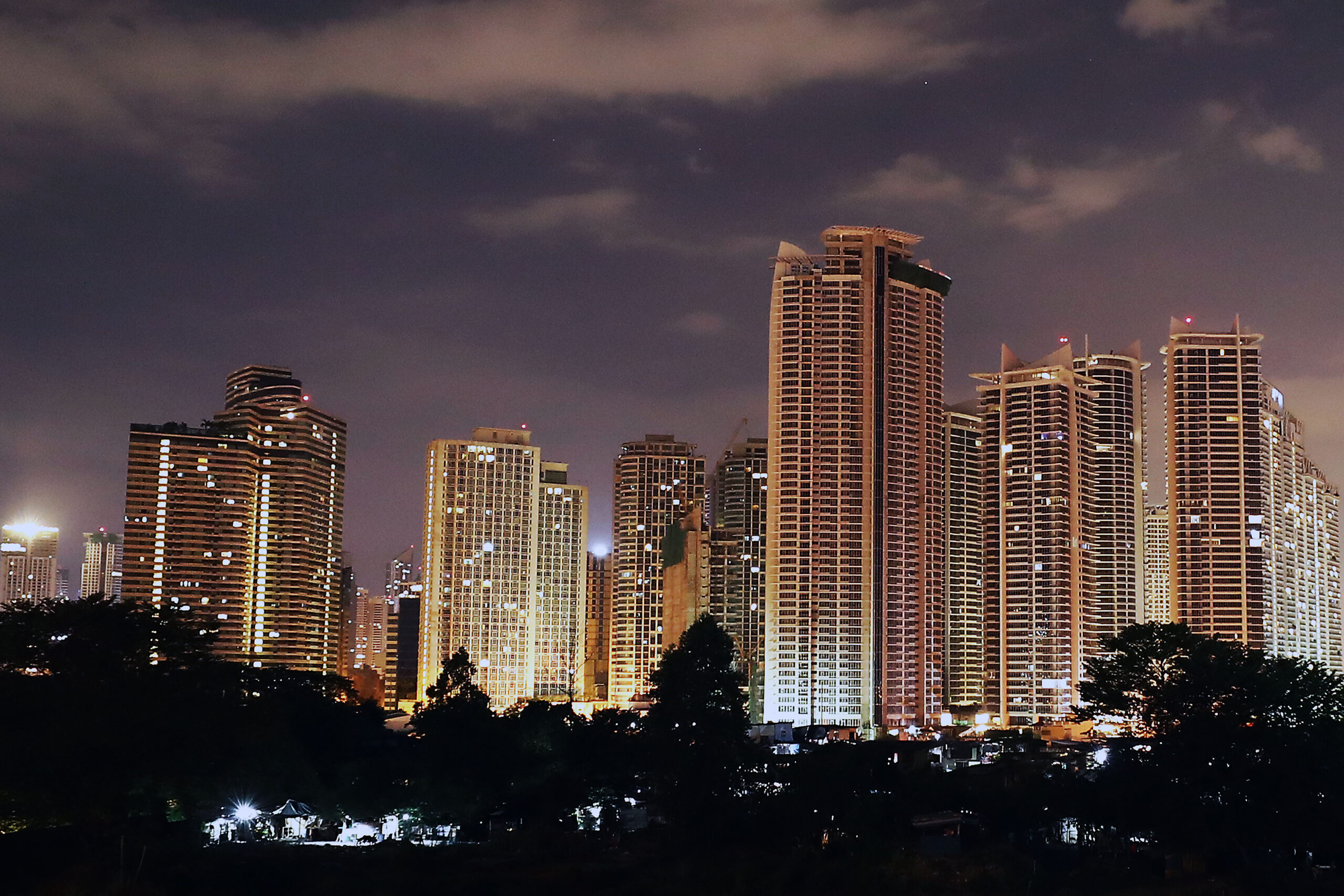According to the most recent report by Leechiu Property Consultants (LPC), the demand for offices in the Philippines in 2Q 2022 reached 255k sqm, the highest level ever recorded since the pandemic began in 2020.
Office take-up increased dramatically from Q1’s 124k sqm by a whopping 106%. According to Mikko Barranda, director of commercial leasing at LPC, this suggests a greater growth momentum. Currently, 379 000 square meters of space have been leased, which is 70% of the total annual take-up until 2021.
IT-Business Process Management companies, which accounted for 107k sqm in Q2, remained to be the main drivers of demand, with the majority of the sales taking place in Metro Manila. Also taking up 21k sqm were Philippine Offshore Gaming Operators (POGOs), the first evidence of lease activity from this sector since March 2020. For the time being, this should be seen as taking timid moves, Barranda said.

“All the leasing activity in the past three months — from many new captives and companies doing business here for the first time — tells us outsourcing to the Philippines continues to be a reliable solution for companies in the West fighting impending global recession,” he continued.
Another factor that increased the chance of the Philippine office market reaching higher pre-pandemic levels was the 451k sqm in year-to-date live requirements. as at the mid-year mark, in varying levels of completion. With 212k sqm, IT-BPM companies once again top live requirements. on the whole.
On the supply side, Q2 2022 contractions increased by 170k sqm, or 63%, from Q1 2022. comprises primarily POGO-vacated office spaces. Following others with 55k sqm and IT-BPMs with 51k sqm, POGOs occupied 64k sqm. “Continued pogo contractions indicate fluidity in this industry,” said Barranda. 18% of offices in Metro Manila were vacant.

He cited BGC and Makati as examples of areas with diverse populations that had reasonable vacancy rates of 12% and 14%, respectively, and stable rentals. He was confident that properties with PEZA accreditation would be better able to manage openings in these and other districts, taking into account potential IT-BPM requirements.
According to the LPC survey, IT-BPM headcount increased by 15% between 2019 and 2021. In 2021, when the epidemic was at its worst, up to 120,000 Full-Time Employees were hired. Even while many businesses used hybrid arrangements in which some workers worked in-office and some from home, they continued to occupy office space, albeit at a slower rate.

According to the LPC survey, capital values and interest in important commercial districts increased above pre-pandemic levels, with transactions in BGC and Filinvest City reaching new highs. Alvin Magat, the director for investment sales, noted that Filinvest City, with a CAGR of 20% over a six-year period, has demonstrated the fastest growth rate among Metro Manila commercial districts.
Core CBD capital values have maintained their value over the past five years, with a CAGR ranging from 9% to 20%. According to Tam Angel, director of investment sales, investors that take a position as the economy starts to pick up steam would be able to benefit from the anticipated post-pandemic rise in land values because the economy is expected to develop by up to 8% and inflation is predicted to be 5% this year.
RESIDENTIALS

According to Roy Golez, head of Research and Consultancy, residential condominium sales experienced a robust resurgence between Q1 and Q2 2022, increasing by 54%. As developers provided long and flexible payment terms and investors bought residential units to lock in current prices, demand for the majority of categories experienced significant growth.
The lower middle segment defied the trend and fell by 89% as purchasers at that income level chose to place a higher value on buying needs than on the security of home ownership. Given uncertainties including rising interest rates, inflation, and problems obtaining construction materials because of lockdowns in supply nations, new launches also decreased by 78%.
Inflation in emerging and developing markets is anticipated to reach 8.7% in 2022, prompting the Bankgo Sentral to raise interest rates by much to 10%. “Such a development may impact not only the lower middle residential condominium segment but also the middle income category now also being confronted by looming economic headwinds,” claims Golez.
Despite this, the price of residential lots has not been affected, particularly those in Southern Mega Manila, where access has improved thanks to new expressways and other infrastructure. Lot values in these locations have been rising at a steady rate of 7% to 15% yearly. The properties at Rockwell South, which debuted in 2019 for P35k/sqm, have been among the highest gainers. and have now risen by 52% to their current P53.1k per square meter.
As a whole, the Philippine real estate market is still growing, helped along by strong capital values, enthusiastic homebuyers, and an office market that is solidly backed by the IT-BPM industry.
“As the economy opens up, we are confident that transactions will pick up, especially in the office sector, driven by businesses that will use outsourcing in trying times,” said Barranda. The IT-BPM sector is the one industry in the Philippines that thrives even when other industries struggle to survive.






